With a relaxed and informal style, cottage garden planting is a great way to inject some colour and life into your outdoor space. Cottage garden plants work well in gardens of all shapes and sizes and there are very few rules you need to adhere to in order to make them look great. A cottage garden display can offer effortless style: colour, structure, variety and will make pollinators very happy to boot. Cottage garden plants can create a tapestry of colour and texture from from both their flowers and their foliage.
With so many plants to choose from, trying to replicate a cottage garden style can be daunting. Dobbies horticulture director, Marcus Eyles, shares his top ten cottage garden plants to make your garden sing this season. Looking for more cottage garden inspiration? Here's a garden you'll love.
Read our piece on meadow plants for more inspiration and don't miss our piece on the best Foxgloves to grow here.
1
Foxgloves
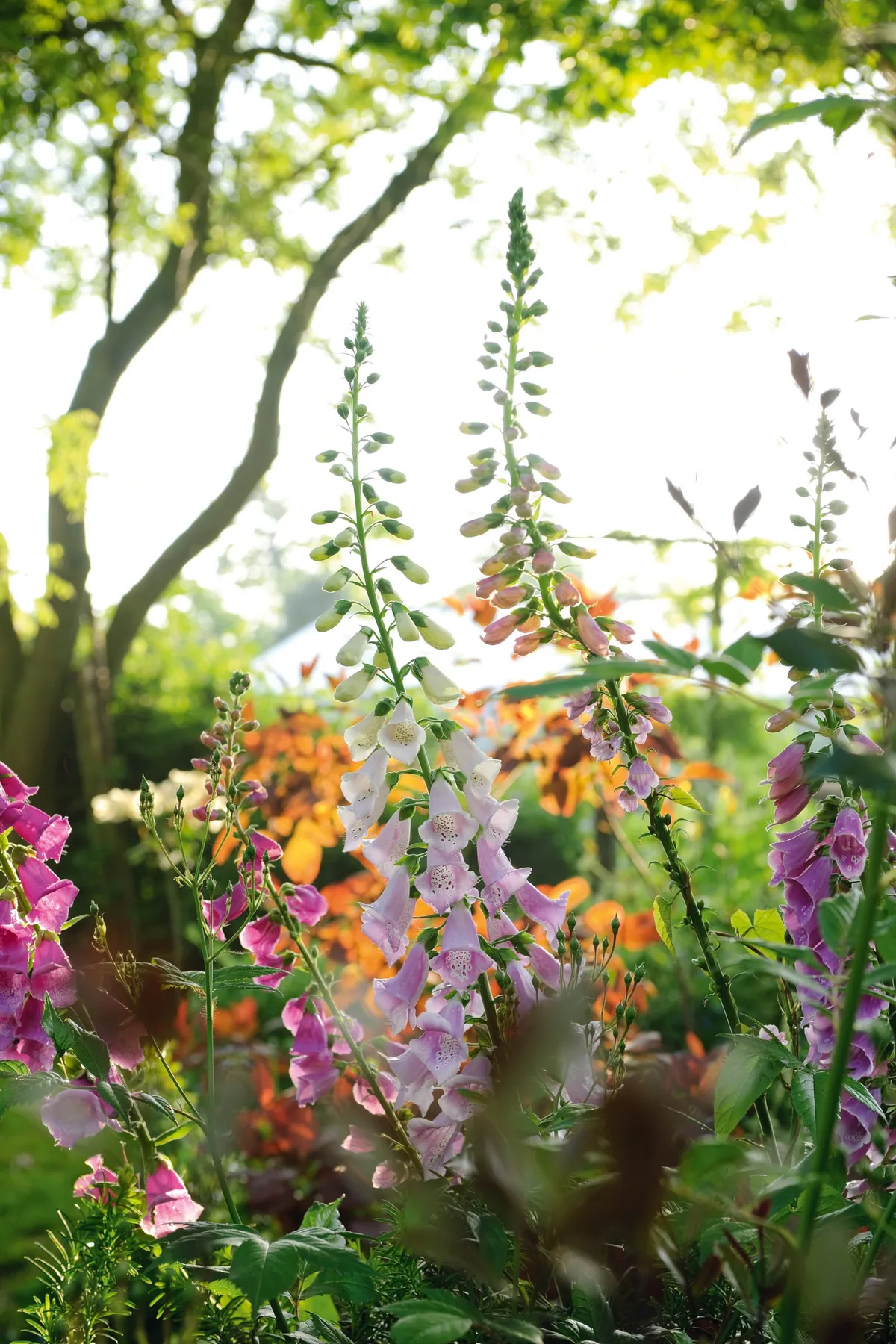
Digitalis Purpurea, or the common foxglove are a cottage garden favourite and there are 25 species and forms in the genus Digitalis. Their spires of bell-shaped flowers are much loved by bees. Available in light creams, pinks and lavender, they help brighten shady spots and are great planted with hostas and ferns. The hardy biennial should be sown late spring and early summer outdoors. They can grow to up to 150cm. Soil: Moist. Light: Sun, part shade, dappled Shade. Flower June to July, plant April to June. Read more about the best foxgloves for your garden here.
Buy from Dobbies here
2
Aquilegia
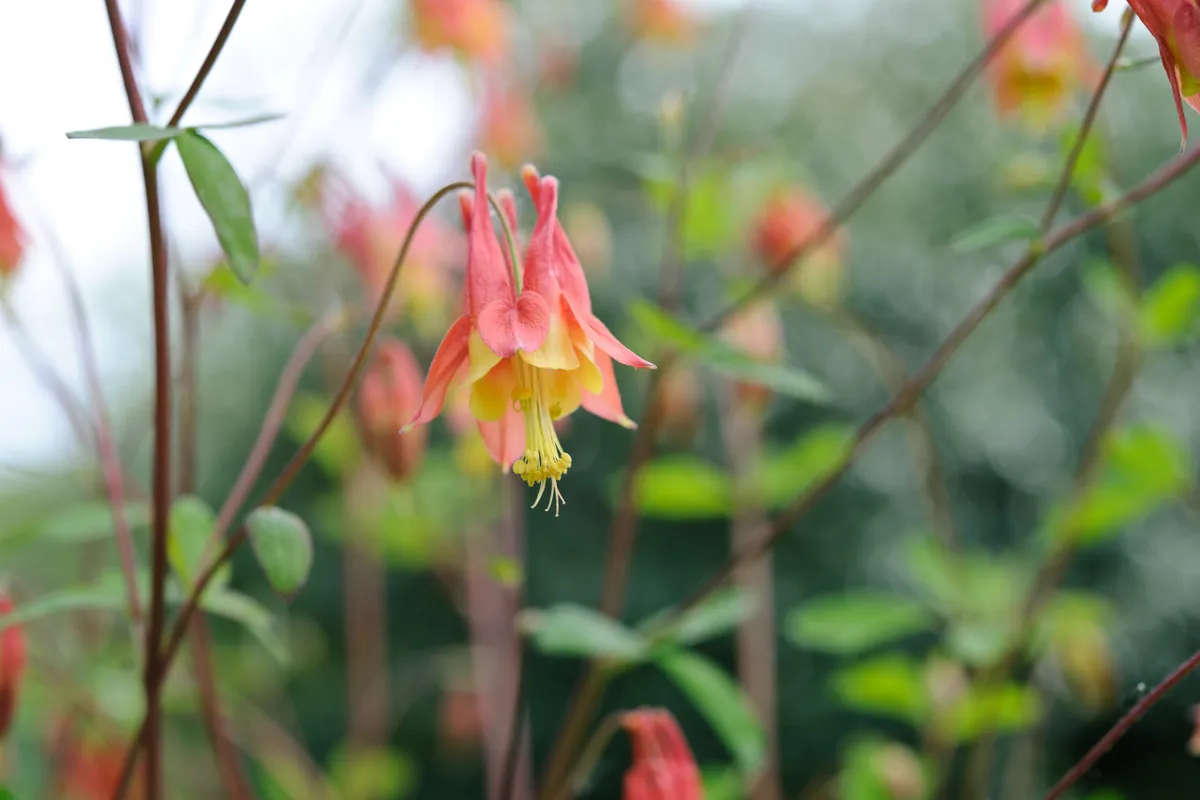
Extremely reliable and easy to grow, aquilegia are perfect for traditional beds and borders in your cottage garden. Flowering in early summer they produce colourful, interesting flowerheads, providing quite the spectacle through the warmer months. There are many different types of the herbaceous plant, and once flowering has stopped the foliage can be an attractive part of your cottage garden aesthetic. If you're growing from seed, germination can take up to three months at 15-21c. This can be sped up if you use a polythene bad after sowing, leave in a refridgerator for three weeks then place in the warmth. Soil: Most garden soils. Light: Full sun or part shade. Flower May to July, plant February to June.
3
Delphiniums
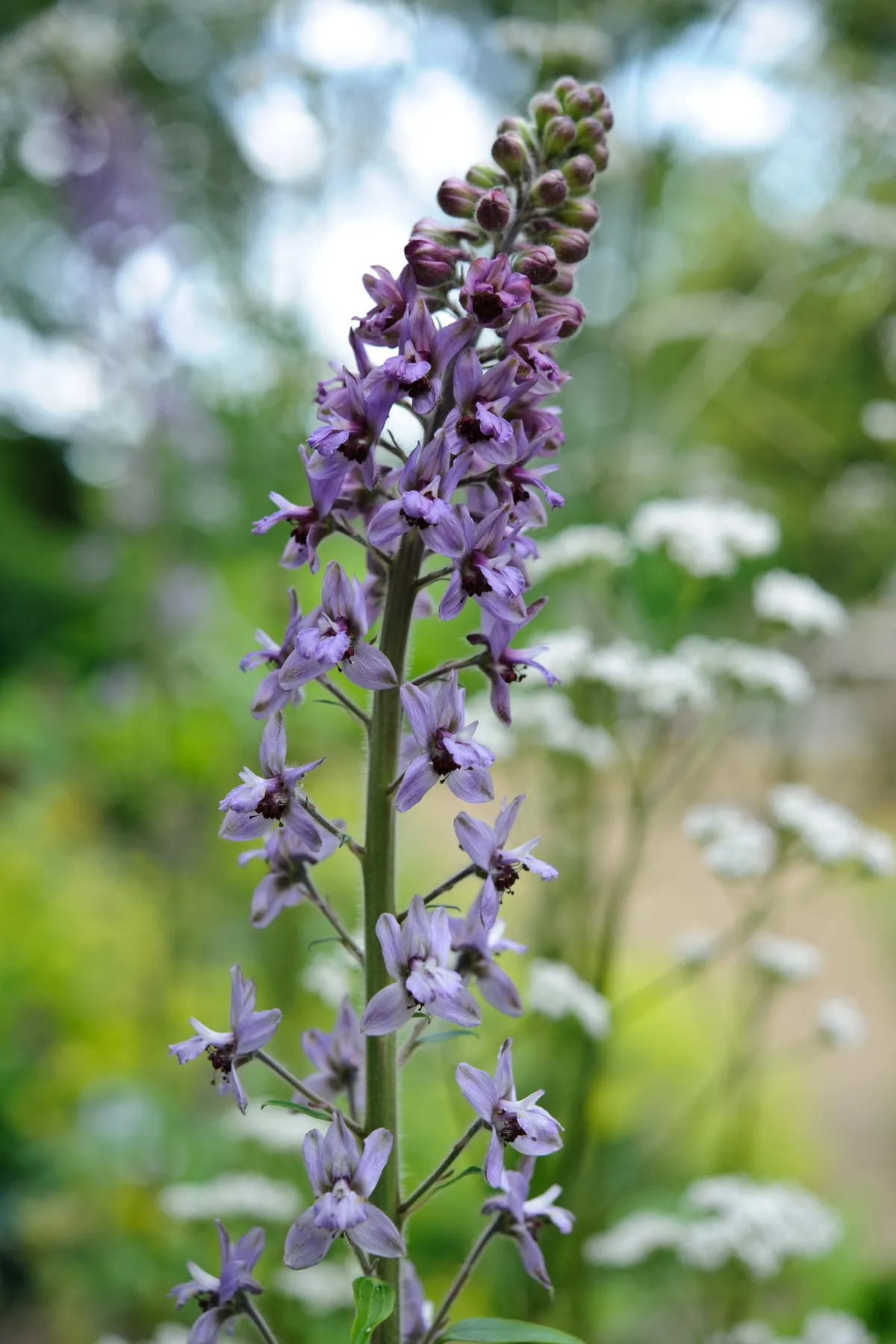
Another popular cottage garden plant, delphiniums come in all sorts of stunning shades of colour including white, pink and blue. They will often flower for a second time later in the season, giving your garden another beautiful burst of colour. I would suggest growing through plant supports to hold their flower spikes secure. If your cottage garden lacks bed space, delphiniums will be just as happy being planted in containers. Watch out for slugs and snails and protect delphiniums from strong winds. Soil: Well drained soil. Light: Full sun. Flower June to July, plant February to June.
4
Lavender
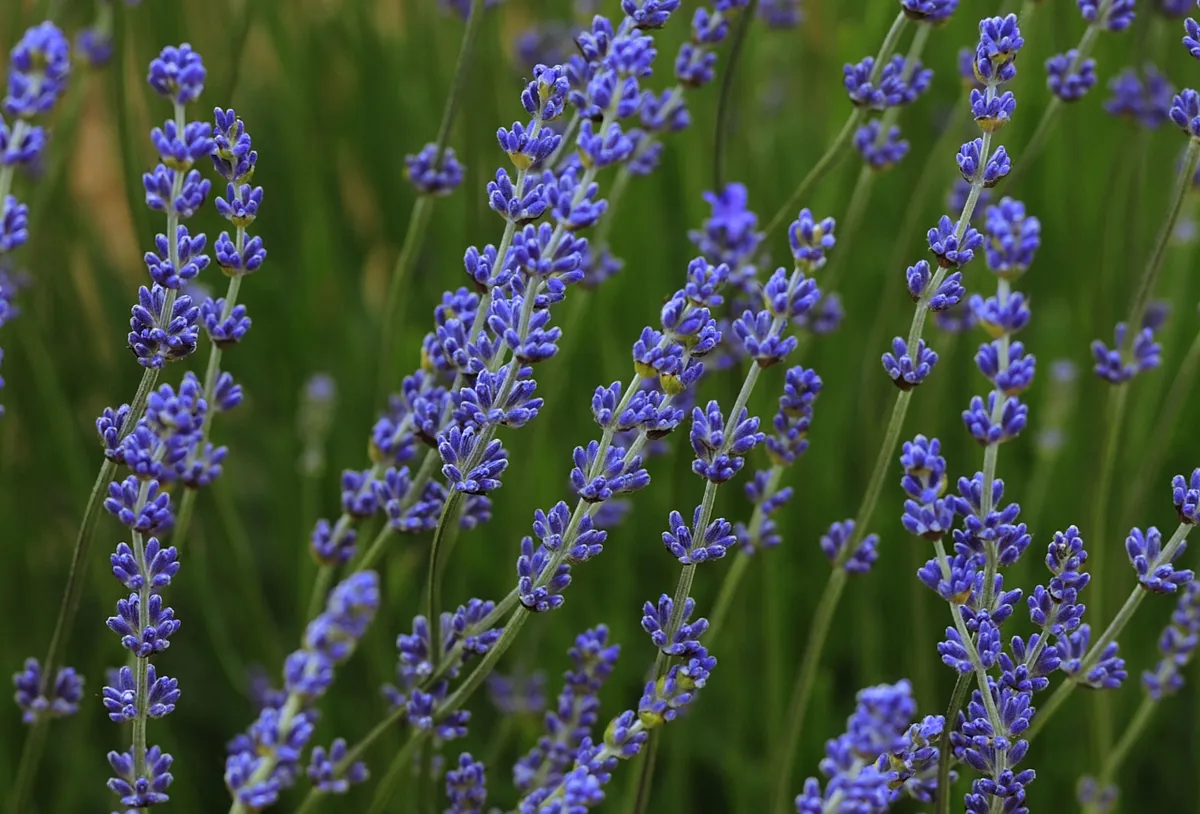
A cottage garden plant essential. Incorporate lavender into your display to add a pop of purple and a beautiful smell. Strongly perfumed, not only will lavender add its unmistakable scent to your garden but it’s also brilliant for bumblebees, who love the nectar rich flower. Lavender is also mercifully low maintenance and cope with drought, frosts and will come back each year. Pruning should happen in spring and autumn, with pruning finished by October at the latest. Soil: Well drained soil. Light: Full sun. Flower July to August, plant February to June.
Don't miss our piece on favourite lavenders for a low maintenance garden.
5
Lupins
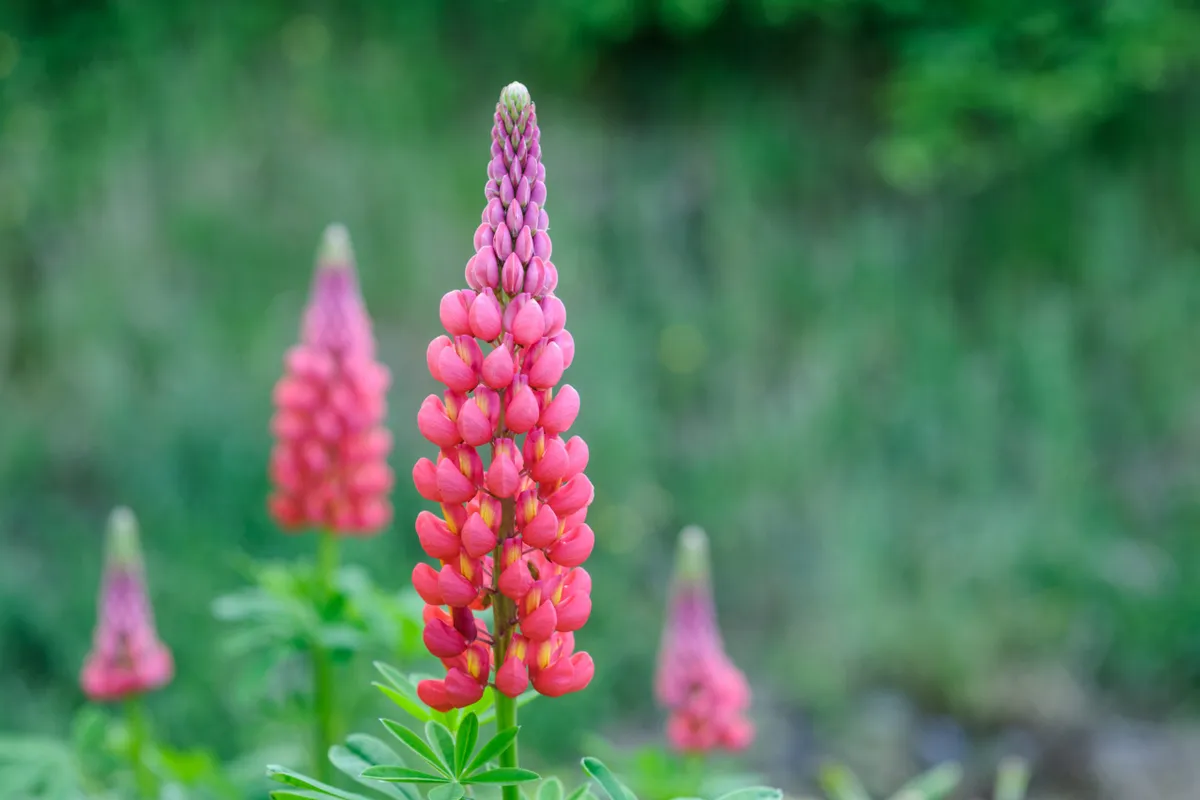
Full of tropical colour, incorporate lupins into your cottage garden display for a touch of sunshine. A bold but welcome addition to cottage garden displays, lupins’ robust and densely packed flower spikes add height and contrast – making them a great option to liven up the garden. They are also great early flowerers and can grow up to 120cm. They are also a beautiful cut flower too but avoid planting them in a container - they much prefer being in the ground. Soil: Most garden soils. Light: Full sun, part shade. Flower June to July, plant February to June.
6
Dianthus
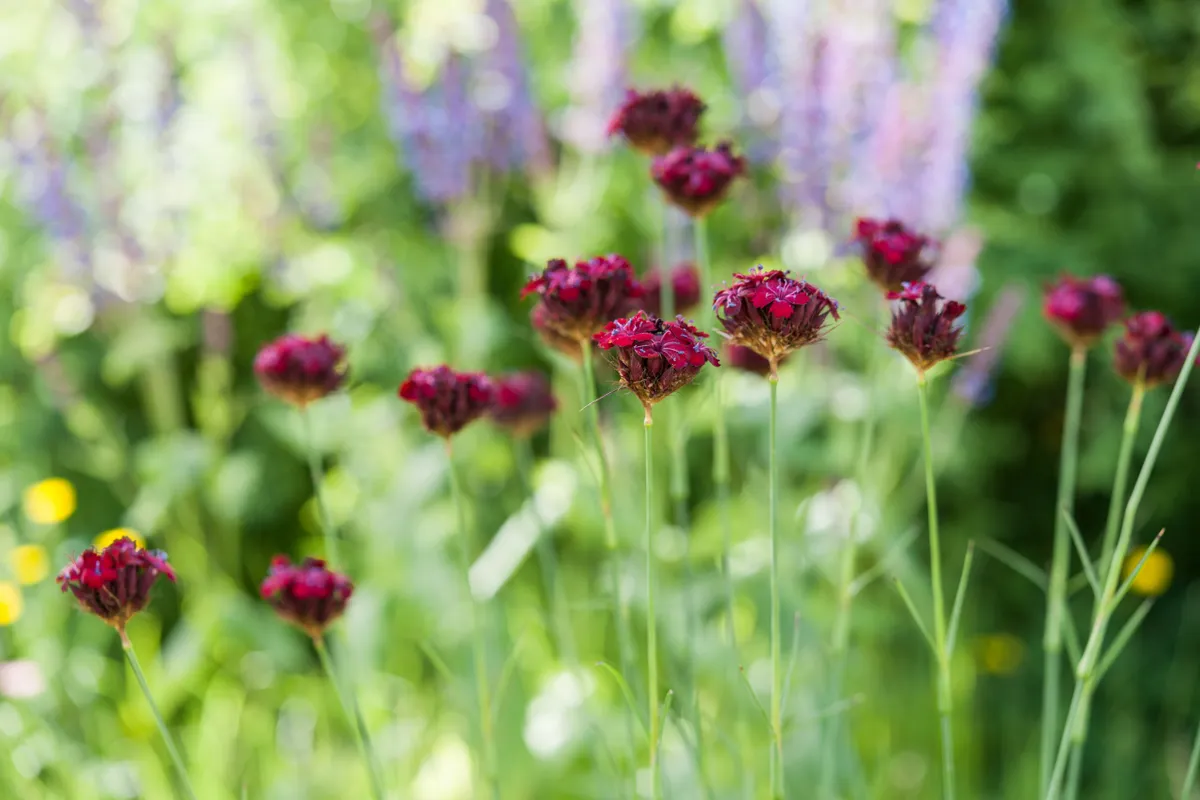
Add a wash of colour to the garden with dianthus. The vibrant, low-maintenance blooms brighten up any garden - including your cottage garden - and are great for beds, borders, patio pots and even rockeries between paving. With long flowering through summer and into autumn, your garden will be tickled pink for weeks. You can get perennial, biennial or annual forms. Try to deadhead in order to encourage new blooms. Soil: Well drained soil. Light: Full sun. Flower June to September, plant March to September.
7
Hollyhocks
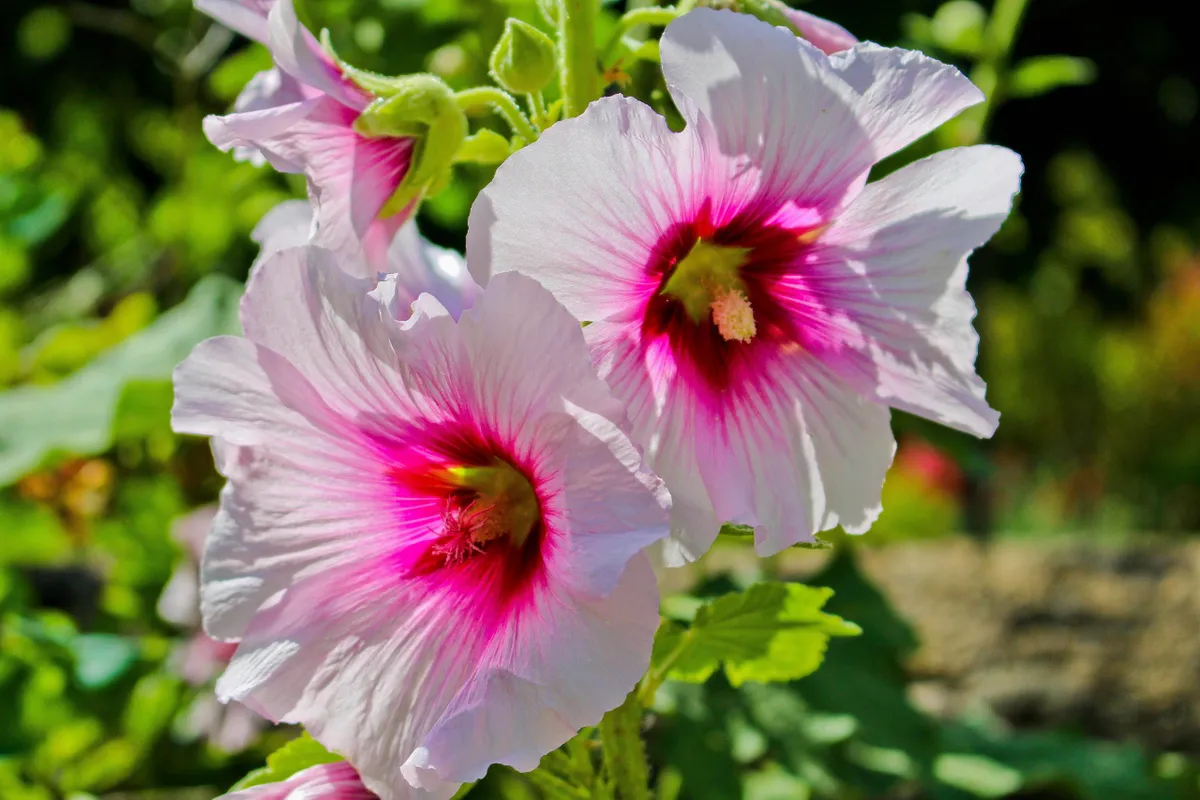
A classic English cottage garden plant, hollyhocks’ tall spires of flowers bloom from summer through to early autumn. The perfect background plant for any border they come in a variety of shades from red, pink and rose to bright white and yellow. You see these plants popping up in all sorts of surprising places in cities, the countryside, in gardens and at roadside edges. They are tall and majestic and very striking too. Once you manage to germinate your seeds and grow you plant, they won't then flower until the following year. Soil: Moist. Light: Full sun. Flower July to August, plant February to August.
8
Calendula
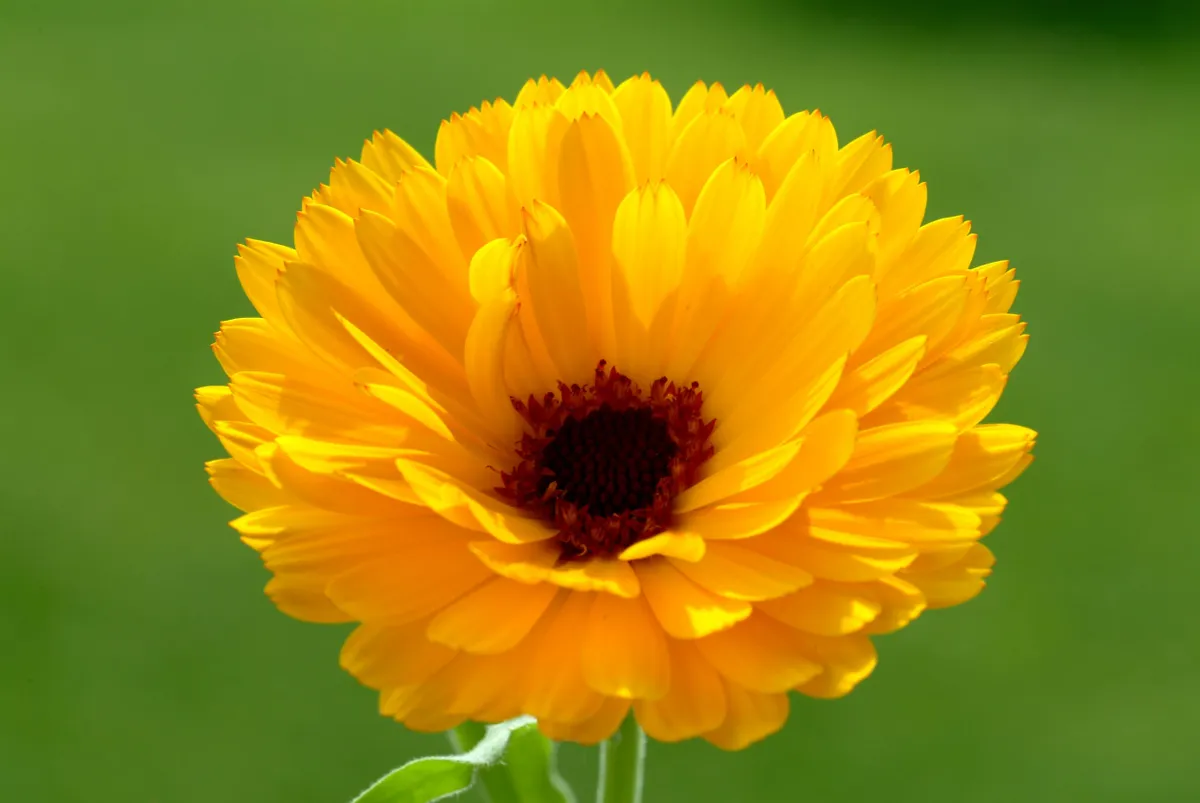
Part of the marigold family, calendula’s are a great addition to any cottage garden display. There are some absolutely stunning varieties, including our Calendula ‘Snow Princess’, which all grow well at this time of year, and look great scattered in the garden between gaps or as a striking border. Sow seeds where they are to grow from April to May. You should always try to deadhead spent blooms as this will significantly increase how long you get flowers for. Soil: Most garden soils. Light: Full sun. Flower May to September, plant March to September.
9
Stocks
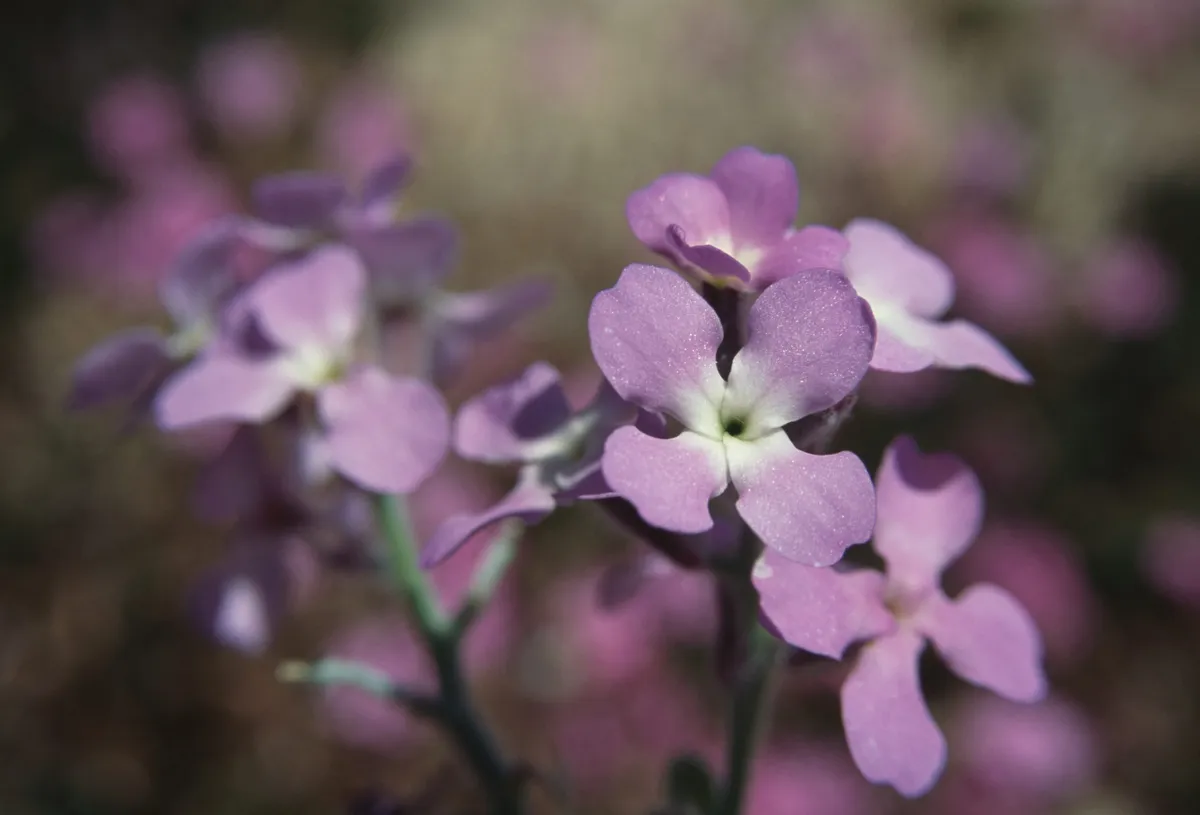
Stocks are great for adding a beautiful scent to your cottage garden, evoking memories of summer each time they flower. Opening in the evening, these pretty purple blooms give off a wonderful fragrance. You can add flowers raw to salads, or as a garnish to deserts and they can also be candied. A top tip is to plant your stocks close to the home so that you can enjoy their scent at all times. Soil: Moist. Light: Full sun. Flower June to August, plant March to June.
10
Wild Flowers
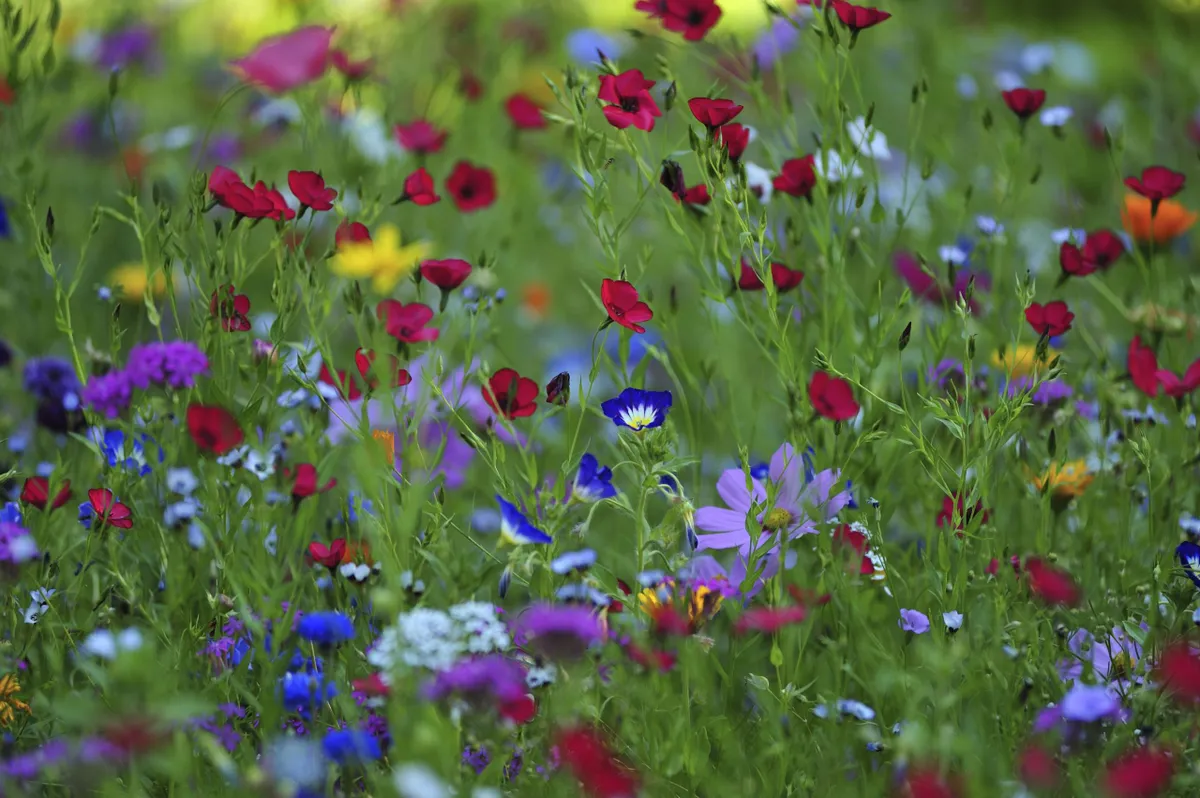
Embrace the relaxed look of a cottage garden and add some wild flowers to give it added colour and texture. Not only will they last a long time but the variation is fantastic for our pollinators, with bees, butterflies and more flocking to these nectar-rich plants. We have lots more on how to create a wildflower meadow and on how to attract pollinators to the garden using your container displays. Soil: Well drained. Light: Full sun. Flower April to September, plant March to October.